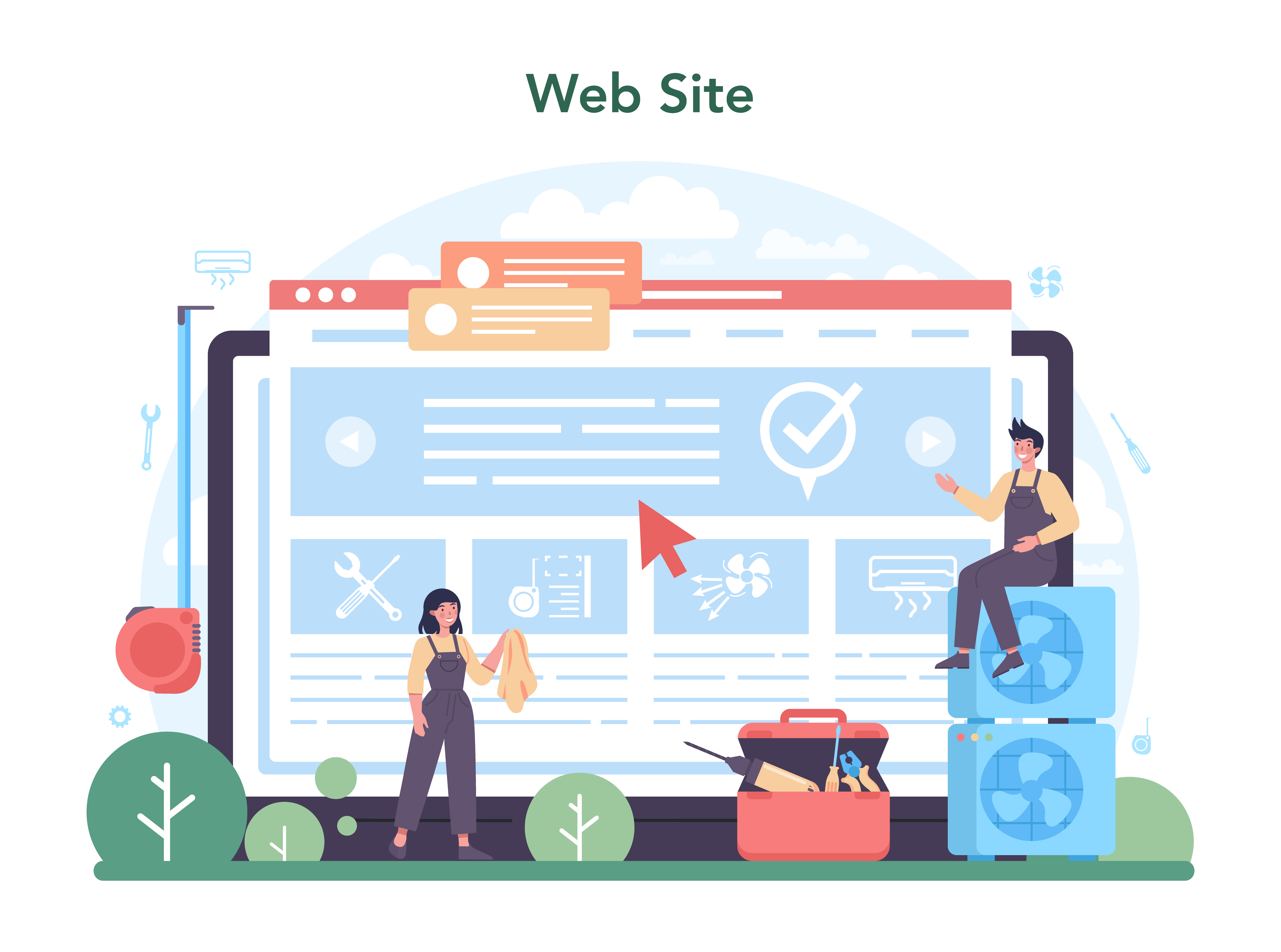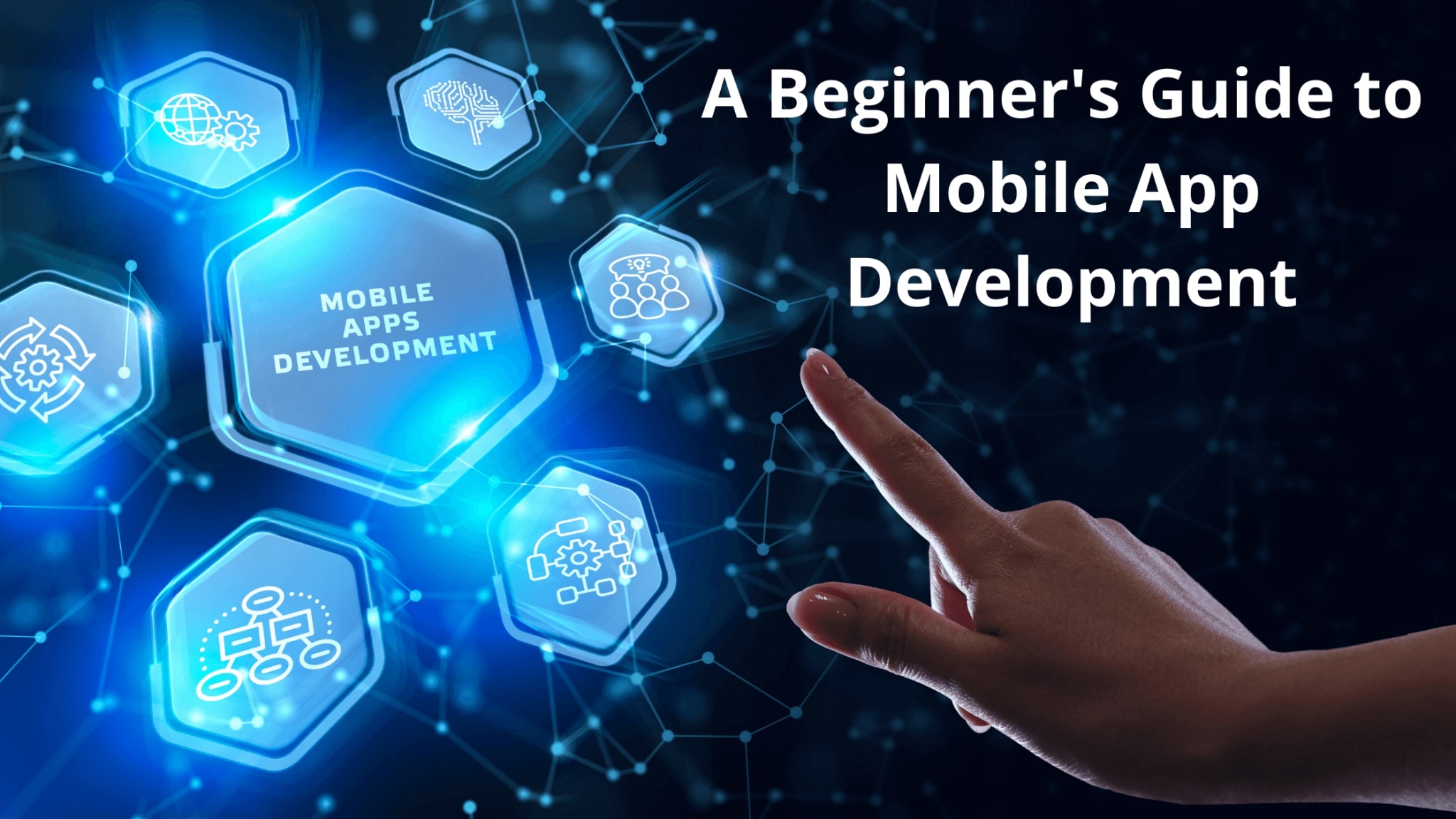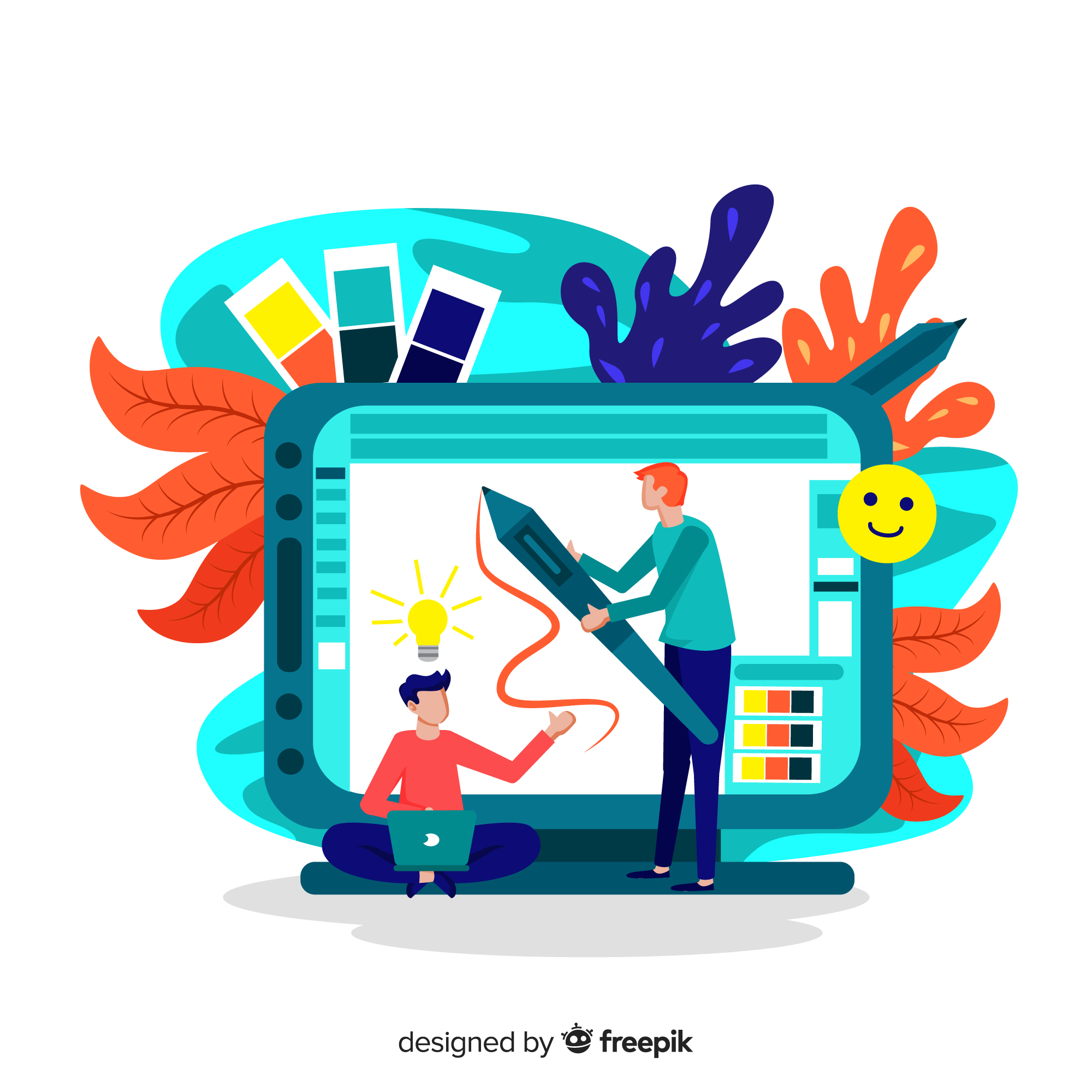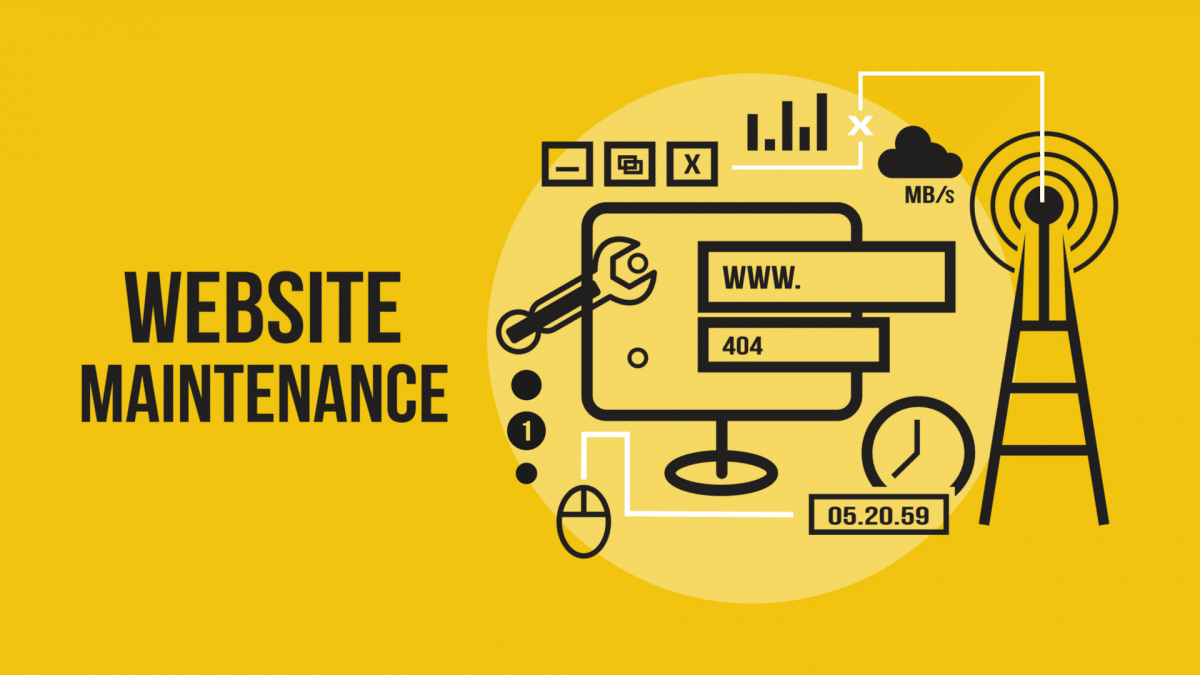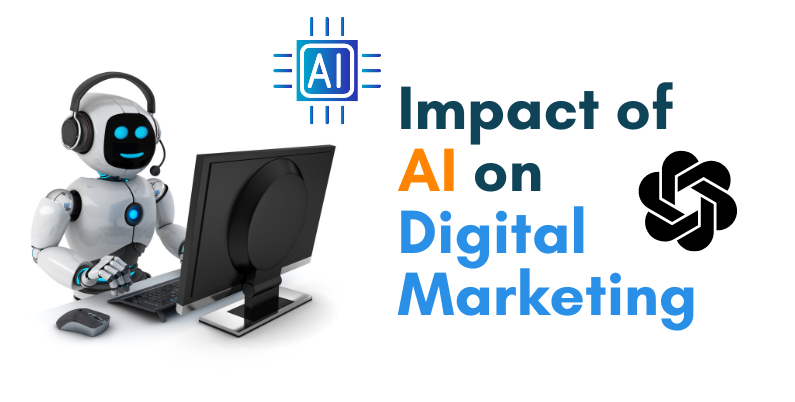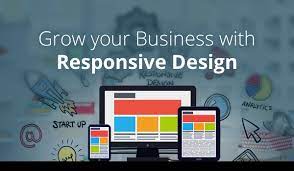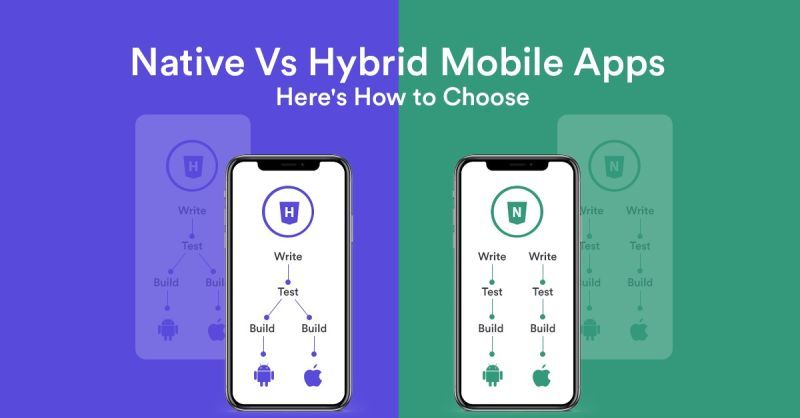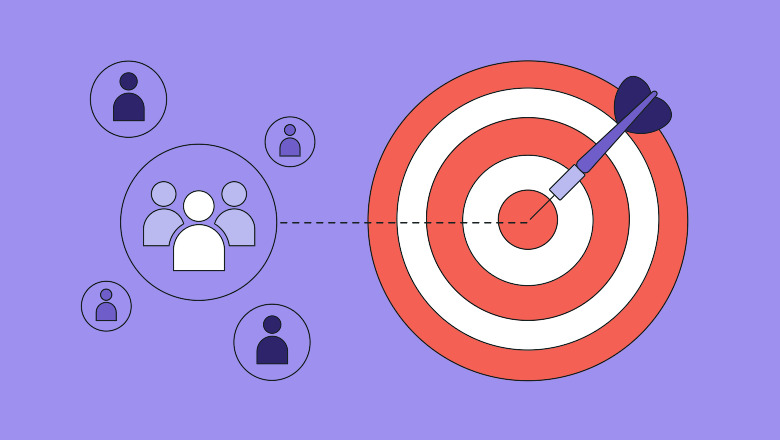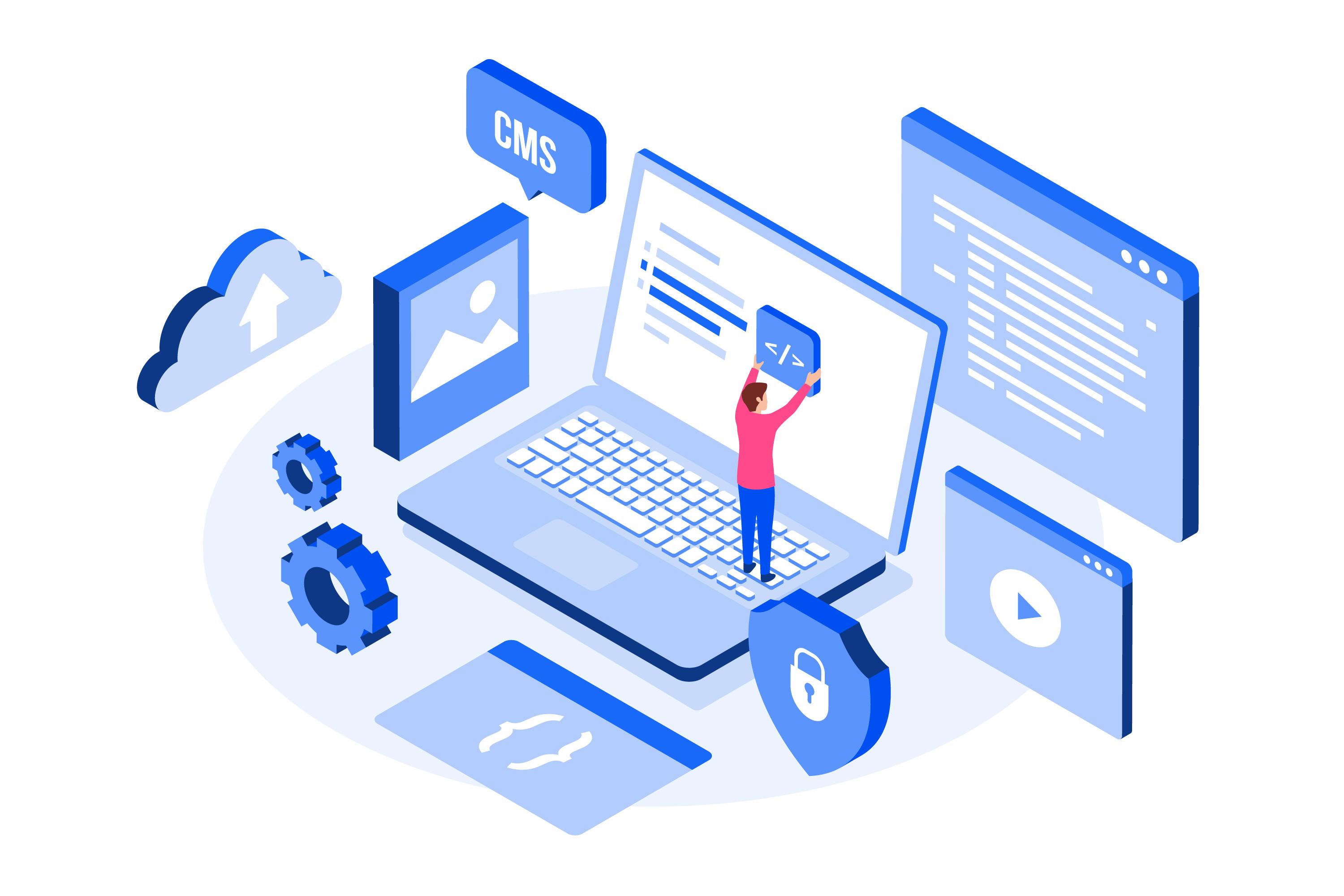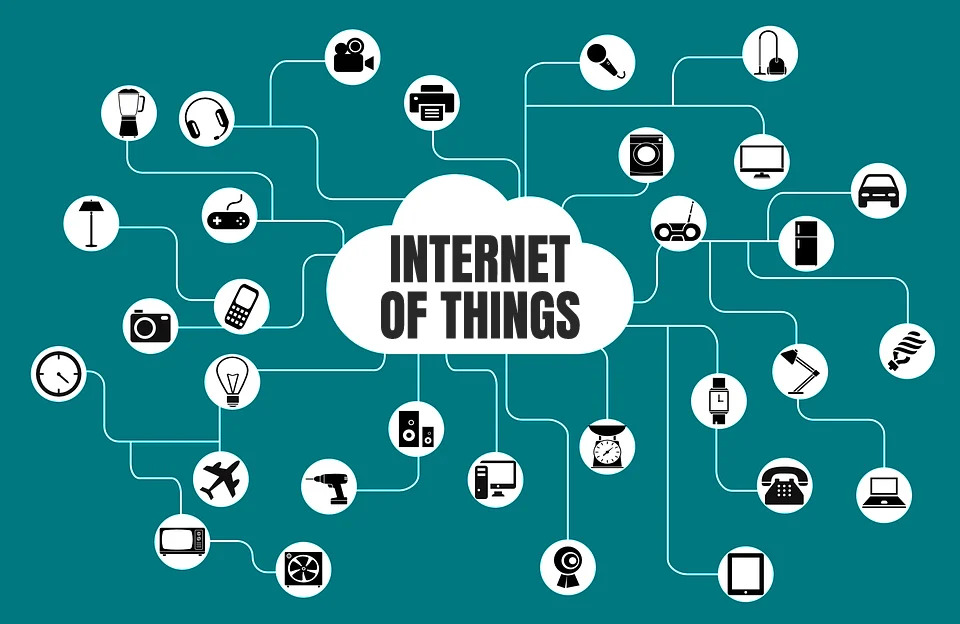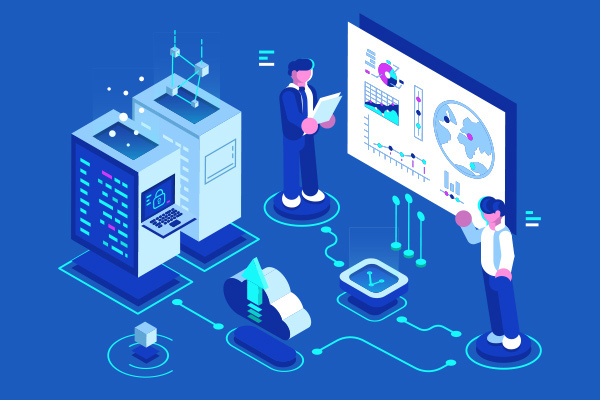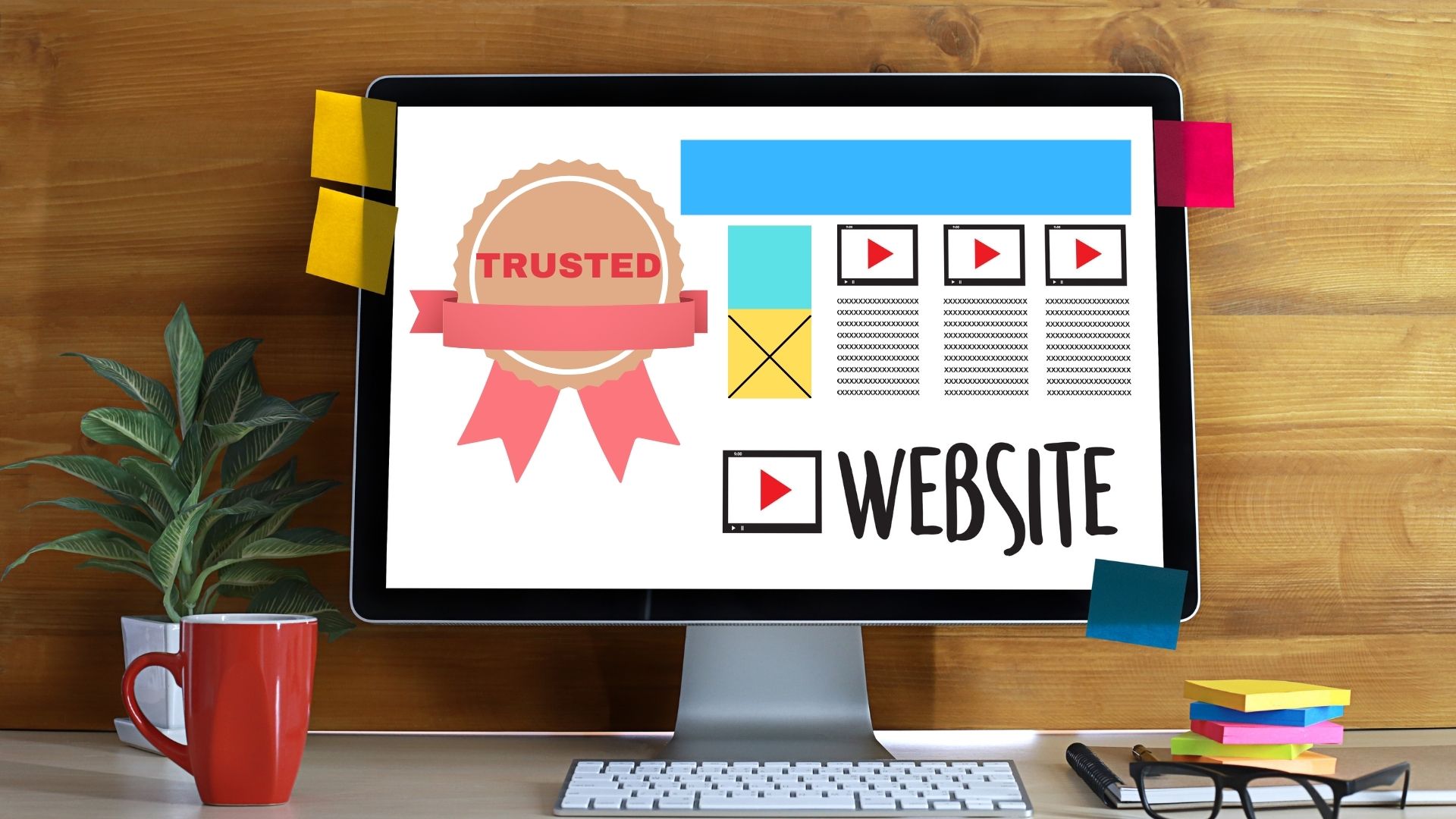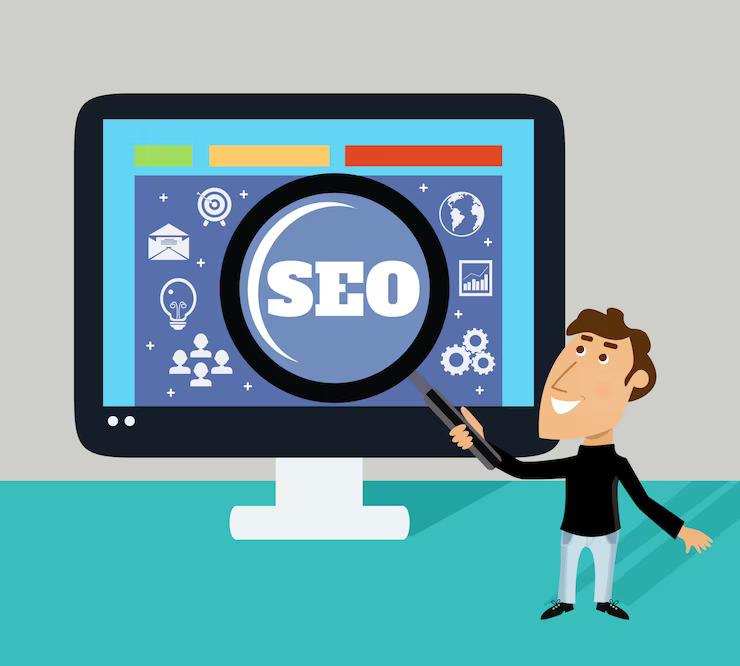HOW TO CREATE A WEBSITE THAT CONVERTS VISITORS INTO CUSTOMERS?
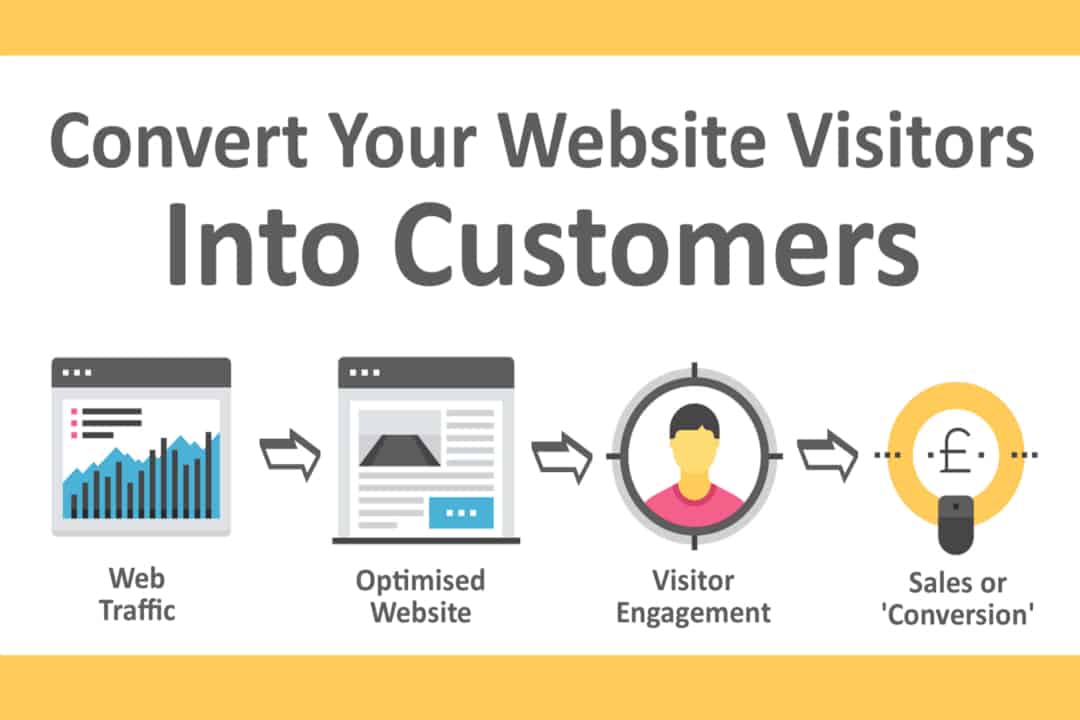
How to Create a Website That Converts Visitors into Customers?
In today's digital landscape, having a website is essential for any business looking to thrive and succeed. However, simply having an online presence is not enough. To truly harness the power of your website, you need to focus on conversion—turning your visitors into loyal customers. Creating a website that effectively converts visitors requires a strategic approach that combines psychology, targeted audience analysis, persuasive content, user-friendly design, and ongoing optimization. In this article, we will explore the key strategies and techniques to help you design and develop a website that not only attracts visitors but also converts them into valuable customers. So, let's dive in and unlock the secrets to maximizing conversion rates on your website.
1. Understanding the Psychology of Website Conversion
Have you ever wondered why some websites convert visitors into customers effortlessly, while others struggle to make a single sale? It's all about understanding the psychology behind website conversion. There's a science to it, my friend.
One key factor is understanding user behavior. People are influenced by various psychological factors when they visit a website. From social proof to scarcity, these factors can make or break your conversion rates. By knowing what makes your target audience tick, you can design your website to leverage these factors and guide visitors towards making a purchase.
Another crucial aspect is user intent. Think about it: when someone visits your website, what are they looking for? What problem are they trying to solve? By understanding the intentions of your users, you can tailor your website content to provide the answers and solutions they seek. It's like being a mind reader, but for websites.
2. Defining the Target Audience and Setting Conversion Goals
Now that we've covered the psychological side of things, it's time to get practical. To create a website design that converts visitors into customers, you need to know who your target audience is. Identify and profile them - understand their demographics, interests, and pain points. The more you know about your audience, the better you can cater to their needs.
Next, set clear conversion goals. What do you want visitors to do when they land on your website? Is it to make a purchase, sign up for a newsletter, or maybe schedule a consultation? Be specific and measurable in your goals. This way, you can track your progress and make adjustments as needed.
Remember, your website content should align with your target audience's needs. Don't just talk about how amazing your product or service is. Show them how it can solve their problems or make their lives better. Speak their language, address their pain points, and watch those conversion rates soar.
3. Optimizing Website Design and User Experience
First impressions matter, my friend. When visitors land on your website, they should be greeted with a visually appealing and professional design. Trust me, nobody wants to buy from a website that looks like it was created in the '90s. Make it easy on the eyes and make your visitors feel like they've stumbled upon something special.
User experience is another crucial aspect of website conversion. Implement a user-friendly and intuitive navigation system, so visitors can easily find what they're looking for. Don't make them play hide-and-seek with your content. Make it a seamless experience, like sliding down a rainbow on a golden unicorn (well, maybe not that magical, but you get the idea).
Oh, and don't forget about website loading speed and mobile responsiveness. Slow-loading websites are the equivalent of watching paint dry, except worse. People have no patience for that. And with the majority of web traffic coming from mobile devices these days, your website design better look good and function flawlessly on smartphones and tablets.
4. Crafting Compelling and Persuasive Content
Last but not least, let's talk about the power of words. Engaging copywriting is the secret sauce to converting visitors into customers. Tell a story, make a connection, and make them feel something. Use words that resonate with your audience and evoke emotion. Make them laugh, make them cry (okay, maybe not cry, but you get the point).
Highlight your unique selling points and the benefits your product or service brings. Don't be shy about why you're better than the competition. Show them why they can't live without what you're offering. But remember, it's not just about bombarding them with sales pitches. Educate, entertain, and be authentic. Give them a reason to trust you and believe in what you're offering.
So, there you have it - the key ingredients to create a website that converts visitors into customers. Understand the psychology, know your audience, optimize the design and user experience, and craft persuasive content. With a little bit of strategy and a dash of personality, your website will become a conversion machine. Happy converting!
5. Implementing Effective Call-to-Actions and Conversion Funnels
Designing attention-grabbing and persuasive call-to-actions
Alright, folks, buckle up because we're about to dive into the wonderful world of call-to-actions (CTAs). These little guys are like the salespeople of your website, enticing your visitors to take action and become customers. When it comes to designing CTAs, you want something that grabs attention faster than a dog spotting a squirrel. Make them bold, colorful, and impossible to ignore. Use action words that create a sense of urgency, like "Get Started Now" or "Limited Time Offer." And for the love of all things clickable, make sure they're strategically placed throughout your website.
Creating a seamless and intuitive conversion funnel
Picture this: your visitor lands on your website, they click on your CTA, and then... nothing. Zip, zilch, nada. Don't let this happen to you. Instead, create a conversion funnel that guides your visitors through a smooth and enjoyable journey. Start by mapping out the steps your visitors need to take from the moment they arrive on your site to becoming a customer. Make it as intuitive as a monkey finding a banana. Remove any unnecessary distractions or roadblocks along the way. And remember, the fewer steps, the better. Ain't nobody got time for a convoluted circus act.
Utilizing exit-intent pop-ups and lead capture forms
Now, I know what you're thinking: "Pop-ups? Ain't nobody got time for that!" But hear me out. Exit-intent pop-ups are like the Hail Mary of conversion tactics. They swoop in when your visitors are about to leave and give them one last chance to convert. To make them less annoying than that one aunt who always pinches your cheeks, make sure your pop-ups offer value. Maybe give them a special discount, a free ebook, or a puppy (just kidding, but that would definitely work). And don't forget those lead capture forms. They're like the bouncers at the VIP section of your website, gathering valuable customer information while your visitors party their way to becoming loyal customers.
6. Leveraging Social Proof and Trust-building Elements
Showcasing customer testimonials and success stories
When it comes to trust, nothing packs a punch quite like good ol' social proof. Customer testimonials and success stories are like virtual high-fives, showing your visitors that real people have benefited from your product or service. So, grab your magnifying glass and go on a testimonial treasure hunt. Gather those glowing reviews and showcase them like badges of honor. Sprinkle them throughout your website like confetti at a birthday party. And watch as your visitors go from skeptical skeptics to trust-filled enthusiasts.
Displaying trust symbols and security seals
You know what makes people feel warm and fuzzy inside? Trust symbols and security seals. They're like the superhero capes of the online world, swooping in to save the day and assure your visitors that your website is legit and secure. Whether it's a padlock icon, a BBB accreditation, or a money-back guarantee, display these trust-building symbols proudly. Let your visitors know that you've got their back, like a trusty sidekick ready to fight off any doubts or worries.
Incorporating social media integration and user-generated content
Ah, social media. The land of selfies, cat videos, and endless scrolling. But did you know it can also be a powerful tool for converting visitors into customers? By integrating your website with social media platforms, you create a web of trust and credibility. Show off your social media followers, share user-generated content, and let your visitors know that you're part of a vibrant community. Because, let's be honest, nothing says "I'm legit" like being endorsed by thousands of followers.
7. Testing, Analyzing, and Improving Conversion Rates
Implementing A/B testing to optimize conversion elements
Remember that time you thought mustard and peanut butter would make a great sandwich? Yeah, sometimes our ideas need a reality check. That's where A/B testing comes in. It's like a scientific experiment for your website, allowing you to test different variations and figure out what works best. Try different headlines, colors, layouts, and CTAs. Keep what works, ditch what doesn't. It's like sorting through your wardrobe and finding the perfect outfit for a first date. Except this time, you're dressing up your website for a hot date with conversion success.
Analyzing website analytics and user behavior data
Numbers, numbers everywhere. But what do they mean? Don't worry, we won't leave you swimming in a sea of data confusion. Website analytics and user behavior data are your secret weapons for unlocking the mysteries of your visitors' minds. Dive into that data like a detective on a mission. Look for patterns, track conversions, and spot any red flags. And remember, if your website were a party, the analytics would be the DJ, providing the beats that get people moving.
Identifying and addressing conversion barriers and issues
Sometimes, there are sneaky little things that sabotage your conversion efforts. It's like having a party crasher who spills red wine on your brand-new white carpet. Not cool. Identify those conversion barriers and issues and squash them like bugs. Could it be a broken link? Slow loading speed? Confusing navigation? Find them, fix them, and show them who's boss. Because ain't nobody got time for barriers when it comes to converting visitors into customers.
8. Ongoing Optimization Strategies for Long-term Success
Monitoring and adapting to changing customer needs
Ah, the winds of change. They blow through the digital landscape faster than a Kardashian's hairstyle. Stay on top of the game by constantly monitoring and adapting to your customers' evolving needs. Ask for feedback, conduct surveys, and keep your ear to the ground. Because what worked yesterday might not fly tomorrow. Adaptability is the name of the game, my friend. So don't get caught with your website stuck in the early 2000s like a fashion victim.
Continuously refining and updating website content
They say content is king, but let's face it, even kings need a makeover from time to time. Keep your website content fresh and exciting, like a brand-new season of your favorite TV show. Update your blog, add new products or services, and sprinkle in some juicy tidbits to keep your visitors engaged. And please, for the love of grammar, proofread. Ain't nobody got time for typos and wonky sentences.
Staying informed about the latest conversion optimization trends
The online world moves faster than a toddler hopped up on sugar. The trends that were hot yesterday might be ice-cold today. Stay informed and on top of the latest conversion optimization trends like a fashion-forward influencer. Read industry blogs, attend webinars, and embrace the nerdy side of optimizationIn conclusion, creating a website that converts visitors into customers is a multifaceted endeavor that requires careful planning, analysis, and ongoing optimization. By understanding the psychology behind user behavior, defining your target audience, optimizing design and user experience, crafting persuasive content, implementing effective call-to-actions, leveraging social proof, and continuously testing and improving conversion rates, you can significantly enhance your website's ability to convert visitors into loyal customers. Remember, the journey towards a high-converting website is an ongoing process, so stay proactive, adapt to evolving trends, and consistently refine your strategies to achieve long-term success. Start implementing these strategies today, and watch as your website becomes a powerful tool for driving business growth and customer satisfaction.
Frequently Asked Questions
1. Why is it important to understand the psychology of website conversion?
Understanding the psychology behind user behavior is crucial for designing a website that effectively converts visitors into customers. By tapping into the psychological triggers and motivations of your target audience, you can create a website experience that resonates with them on a deeper level, leading to higher conversion rates and customer engagement.
2. How can I optimize my website's design and user experience for better conversion?
Optimizing your website's design and user experience involves creating a visually appealing layout, implementing intuitive navigation, ensuring fast loading speed, and ensuring mobile responsiveness. By offering a seamless and enjoyable browsing experience, visitors are more likely to stay on your site, explore your offerings, and ultimately convert into customers.
3. What role does persuasive content play in website conversion?
Persuasive content is a crucial element in converting visitors into customers. By crafting engaging and compelling copy that highlights the unique selling points and benefits of your products or services, you can capture the attention of your audience, build trust, and persuade them to take the desired action, whether it's making a purchase, signing up for a newsletter, or contacting your business.
4. How can I continuously improve my website's conversion rates?
To continuously improve your website's conversion rates, it's important to regularly test and analyze different elements, such as call-to-actions, landing pages, and user flows. A/B testing, along with monitoring website analytics and user behavior data, can provide valuable insights into what is working and what can be optimized. By identifying and addressing conversion barriers and issues, you can make data-driven improvements that lead to higher conversion rates over time.



